Home>Furniture>Outdoor Furniture>How Much Gravel Do I Need For A Patio?
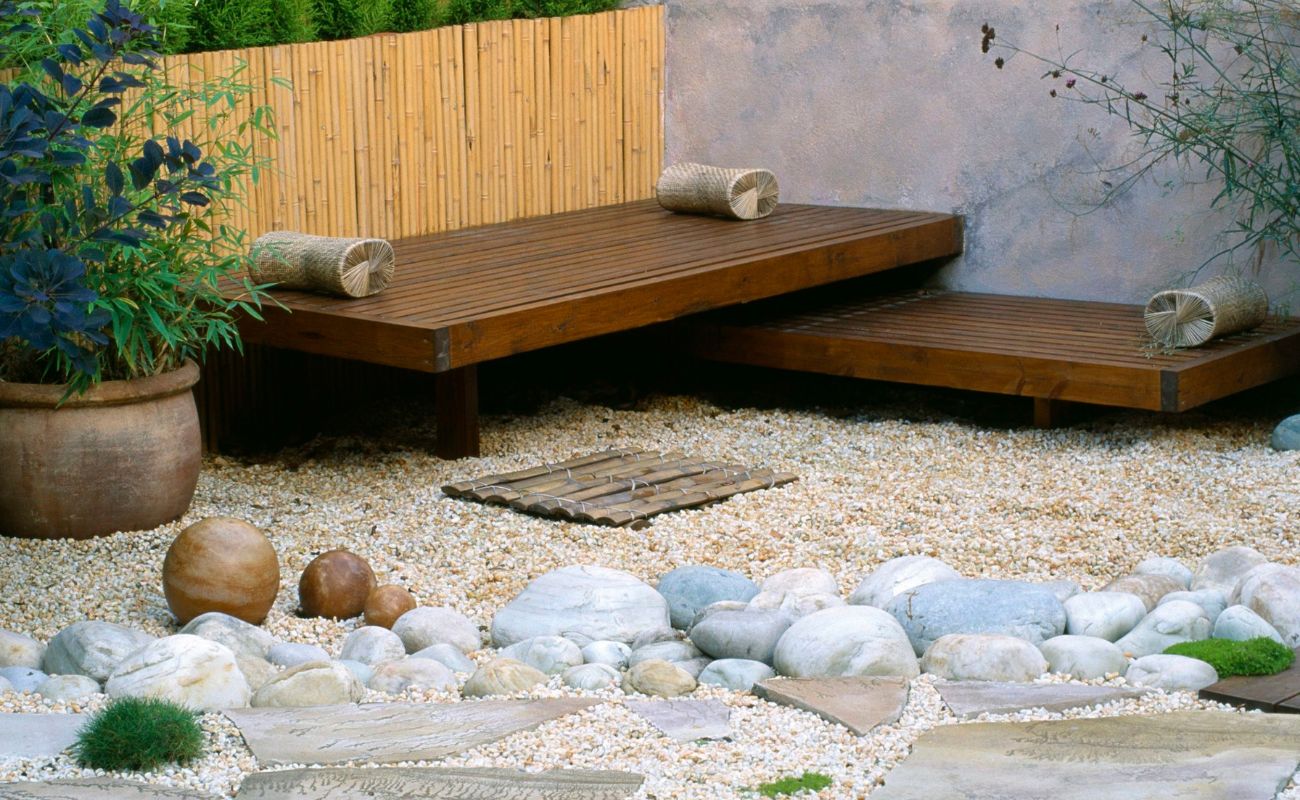

Outdoor Furniture
How Much Gravel Do I Need For A Patio?
Modified: March 7, 2024
Planning to create a patio? Discover how much gravel you need for your outdoor furniture project and ensure a perfect foundation.
(Many of the links in this article redirect to a specific reviewed product. Your purchase of these products through affiliate links helps to generate commission for Storables.com, at no extra cost. Learn more)
Introduction
When it comes to creating a beautiful and functional outdoor space, a patio is a popular choice for many homeowners. A well-designed patio not only enhances the overall look and feel of your outdoor area but also provides a versatile space for relaxation, entertaining, and dining.
One crucial factor to consider when planning your patio project is the amount of gravel you will need. Gravel serves as a stable and durable base for your patio, ensuring that it remains level and prevents water from pooling on the surface. But how much gravel do you actually need? Let’s delve into the factors you need to consider and the calculations involved.
Key Takeaways:
- Planning a patio? Consider factors like size, shape, and gravel depth to estimate the amount of gravel needed. Don’t forget to account for compaction and drainage adjustments for a stable and functional patio base.
- Measure your patio area and calculate gravel depth to estimate the volume of gravel required. Factor in compaction and drainage adjustments for a successful and long-lasting patio project.
Read more: How Much Driveway Gravel Do I Need
Factors to Consider
Before determining the amount of gravel needed for your patio, there are a few important factors to take into account:
- Patio size: The size of your patio will directly impact the amount of gravel required. A larger patio will naturally require more gravel, while a smaller one will need less.
- Patio shape: The shape of your patio also plays a role in the amount of gravel needed. Irregularly shaped patios may require additional gravel to ensure proper coverage and stability.
- Gravel depth: The depth of the gravel base is a crucial factor in determining the overall amount of gravel needed. A thicker layer of gravel provides better stability and drainage, but it will also require more material.
- Climate and soil conditions: The climate and soil conditions in your area should also be considered. If you live in an area with heavy rainfall, for example, you may need to adjust the depth of the gravel base or add additional drainage measures.
- Intended use: Think about how you plan to use your patio. If you expect heavy foot traffic or plan to use heavy outdoor furniture, additional gravel may be necessary to ensure adequate support.
By taking these factors into account, you can make a more accurate estimate of the amount of gravel needed for your patio project.
Determining the Area of the Patio
The first step in calculating the amount of gravel you need for your patio is determining the area of the patio itself. The area will be measured in square feet (or square meters, depending on your preferred unit of measurement).
To determine the area, start by measuring the length and width of the patio using a tape measure. If your patio is a regular shape, such as a rectangle or square, simply multiply the length by the width. For example, if your patio measures 10 feet by 12 feet, the area would be 120 square feet.
If your patio has an irregular shape, it may be helpful to divide it into smaller sections with regular shapes (rectangles or squares). Measure each section individually, calculate the area of each section, and then sum up the individual areas to get the total area of the patio.
Keep in mind that this calculation should only include the area of the patio itself, excluding any paths or walkways adjacent to the patio. If you plan to include these areas in your gravel base, be sure to measure them separately and factor that into your calculations.
Calculating the Depth of Gravel
Once you have determined the area of your patio, the next step is to calculate the depth of the gravel base. The depth of the gravel will depend on various factors such as the intended use of the patio, climate conditions, and the type of soil you have.
A general rule of thumb is to aim for a gravel depth of around 4-6 inches (10-15 centimeters). This provides a stable base for most patio projects. However, if you anticipate heavy use or have poor soil drainage, you may consider increasing the depth to 8-12 inches (20-30 centimeters) or more.
Assess the specific needs of your project and consult with a landscaping professional if you are unsure about the appropriate depth for your area.
Once you have determined the desired depth, convert it into feet or meters, depending on your preferred unit of measurement. If you are using inches, divide the desired depth by 12 to convert it into feet.
For example, if you want a gravel depth of 6 inches, divide 6 by 12, resulting in 0.5 feet.
Remember to always round up to the nearest whole number when calculating the gravel depth.
To calculate the amount of gravel needed for a patio, measure the area and depth of the space. Use the formula: length x width x depth = volume. Divide the volume by 27 to get the cubic yards of gravel needed.
Estimating the Amount of Gravel Needed
With the patio area and gravel depth determined, you can now estimate the amount of gravel you will need to cover the entire space.
To calculate the volume of gravel required, multiply the area of the patio by the depth of gravel. This will give you the total volume in cubic feet or cubic meters.
For example, if your patio area is 120 square feet and you want a gravel depth of 0.5 feet, the calculation would be: 120 square feet x 0.5 feet = 60 cubic feet of gravel.
Keep in mind that if you are working with measurements in meters, the calculation would be the same, but the result would be in cubic meters instead of cubic feet.
Once you have the total volume, it’s important to consider that gravel is typically sold by the cubic yard or cubic meter. To convert the volume from cubic feet to cubic yards, divide the total volume by 27, as there are 27 cubic feet in a cubic yard.
Using our previous example, where we had 60 cubic feet of gravel, the conversion to cubic yards would be: 60 cubic feet ÷ 27 = approximately 2.22 cubic yards of gravel.
Alternatively, if you’re working with measurements in meters and need to convert to cubic meters, no further conversion is necessary as they are the same unit of measurement.
It’s crucial to note that these calculations provide an estimate and may not account for variations due to irregular shapes, changes in gravel depth throughout the patio, or compaction of the gravel. It’s always a good idea to purchase a bit more gravel than your calculated estimate to ensure you have enough to complete the project.
Consult with your local landscaping supplier or home improvement store for advice on purchasing gravel and to confirm the quantities needed based on the specific type of gravel you choose for your patio project.
Adjustments for Compaction and Drainage
When estimating the amount of gravel needed for your patio, it’s important to consider adjustments for compaction and drainage. These factors can affect the final volume of gravel required for your project.
Compaction: When gravel is compacted, it settles and becomes denser. This can result in a decrease in volume compared to the initial loose state. To account for compaction, it is recommended to increase the estimated volume of gravel by about 10-15%. This will ensure that you have enough material to achieve the desired depth after compaction.
Drainage: Proper drainage is essential to prevent water from pooling on your patio, which can lead to damage over time. To enhance the drainage capabilities of your gravel base, it is recommended to incorporate a layer of coarse gravel or crushed stone at the bottom. This layer acts as a drainage bed, allowing water to flow away from the patio surface. Consider adding about 2-3 inches (5-7.5 centimeters) of this drainage layer below the main gravel base.
When calculating the amount of gravel needed, be sure to include the additional volume required for the drainage layer if you decide to incorporate one. This will help ensure that you have enough material for both the main gravel base and the drainage layer.
It’s important to note that these adjustments may vary based on your specific project requirements and the recommendations provided by professionals in your area. Consulting with a landscaping expert or contractor can provide valuable guidance tailored to your specific patio project and local conditions.
By considering these adjustments for compaction and drainage, you can account for potential changes in volume and ensure the long-term stability and functionality of your patio.
Conclusion
Determining the amount of gravel needed for your patio is a crucial step in the planning process. By considering factors such as patio size, shape, gravel depth, climate conditions, and intended use, you can make a more accurate estimation.
Calculating the area of your patio and determining the desired gravel depth allows you to estimate the total volume of gravel required. Remember to convert the volume to the appropriate unit of measurement, such as cubic yards or cubic meters, based on the standard unit used for gravel sales in your area.
It is essential to factor in adjustments for compaction and drainage to ensure a stable and well-drained gravel base. This includes accounting for potential compaction during installation and incorporating a drainage layer if needed.
Keep in mind that these calculations provide an estimate, and it’s always wise to have a bit more gravel than your calculated estimate to account for any variations and unforeseen circumstances.
When in doubt, consult with landscaping professionals or specialized suppliers who can offer guidance tailored to your specific patio project and location.
By taking the time to accurately estimate the amount of gravel needed for your patio, you can ensure a successful and long-lasting outdoor space that you can enjoy for years to come.
Frequently Asked Questions about How Much Gravel Do I Need For A Patio?
Was this page helpful?
At Storables.com, we guarantee accurate and reliable information. Our content, validated by Expert Board Contributors, is crafted following stringent Editorial Policies. We're committed to providing you with well-researched, expert-backed insights for all your informational needs.
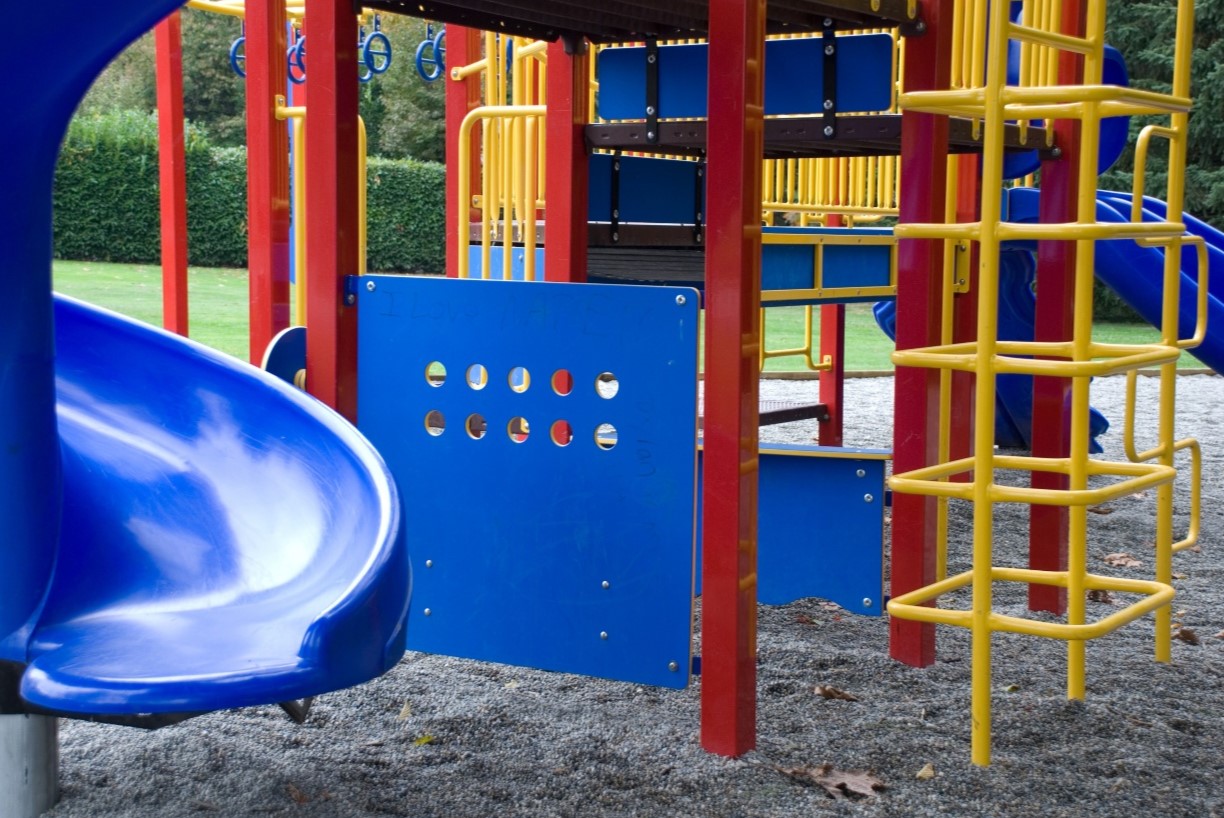
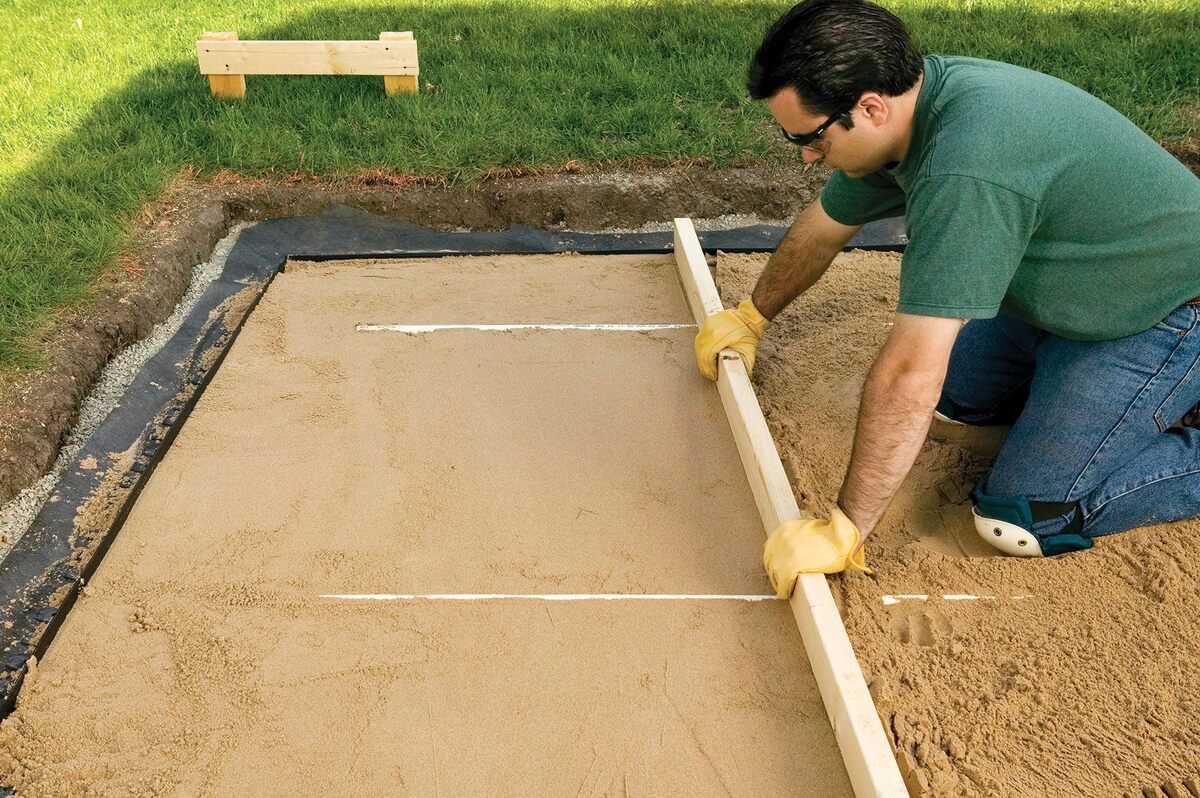
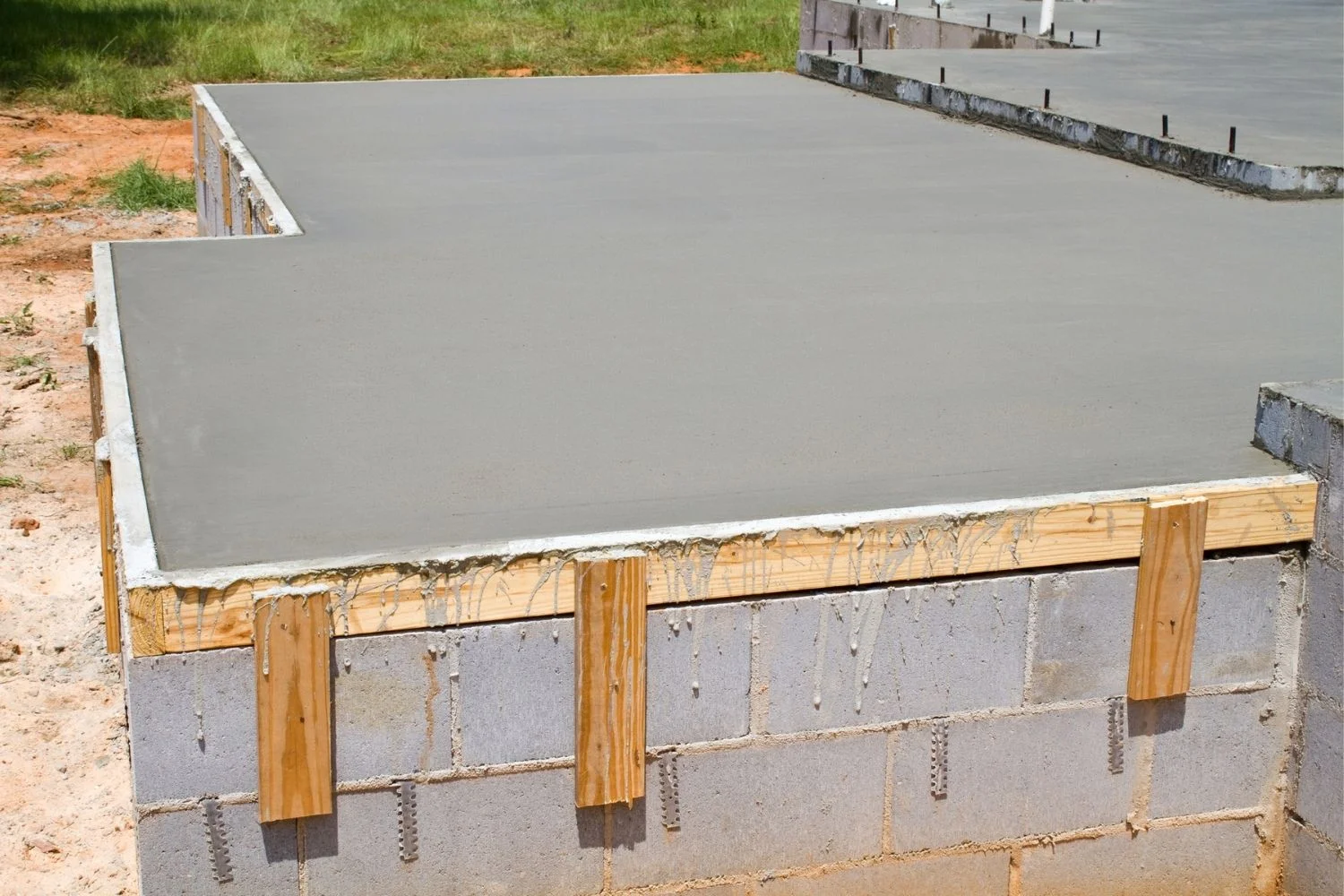
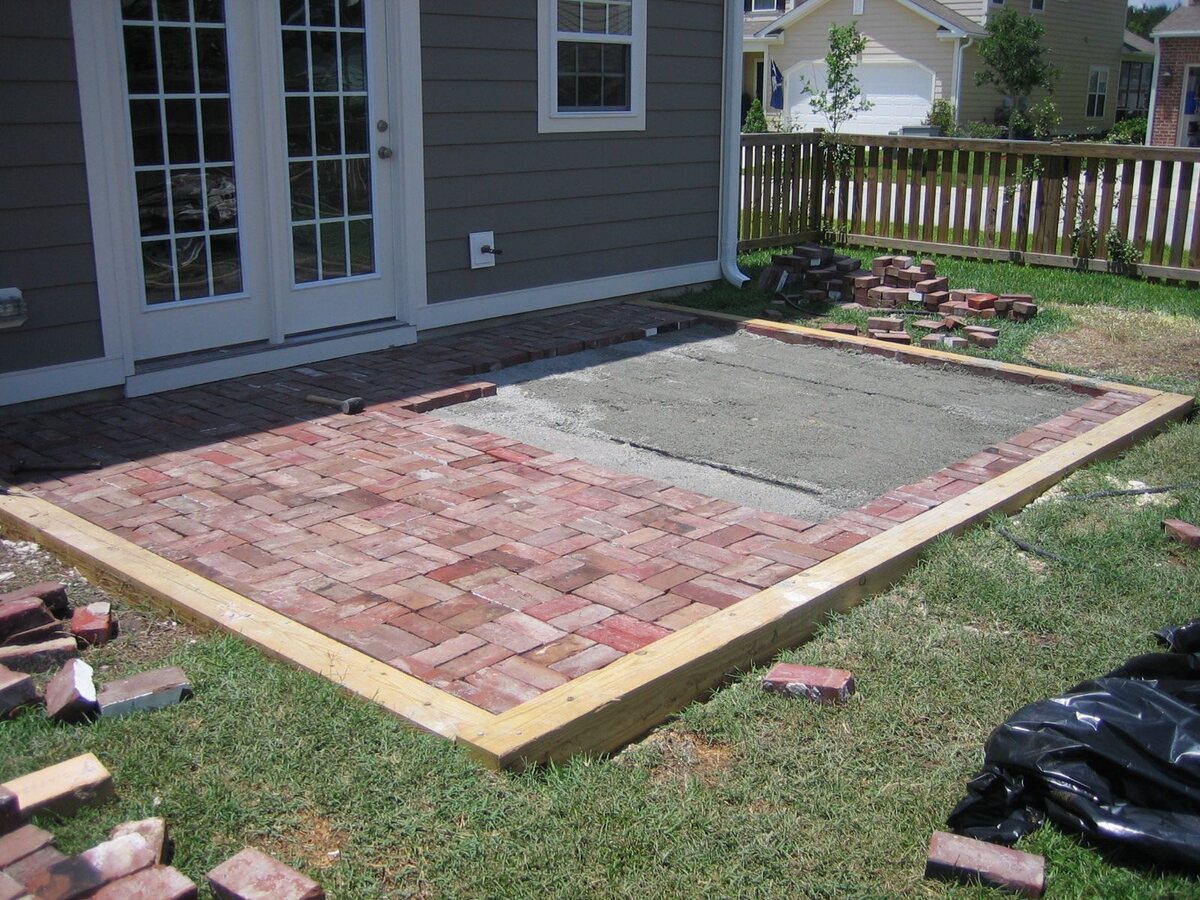
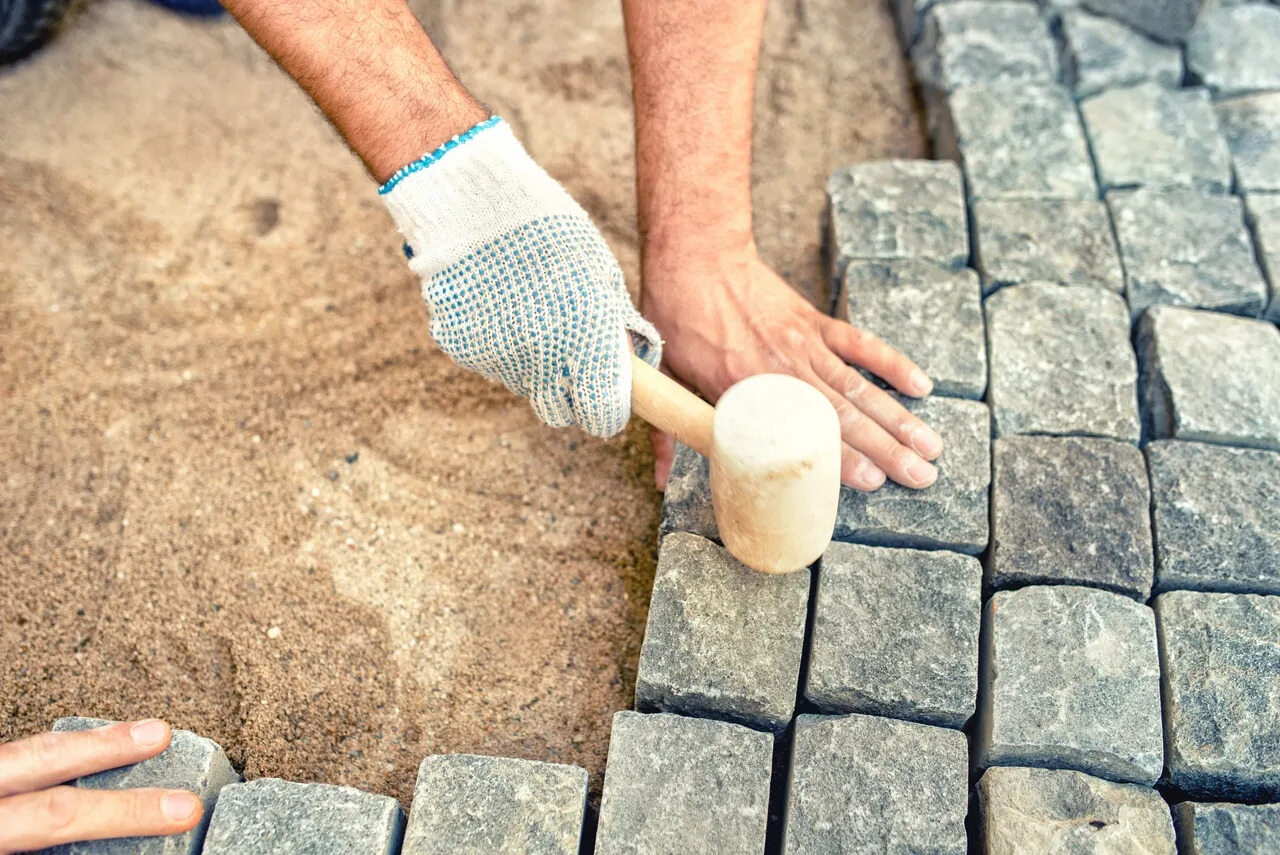
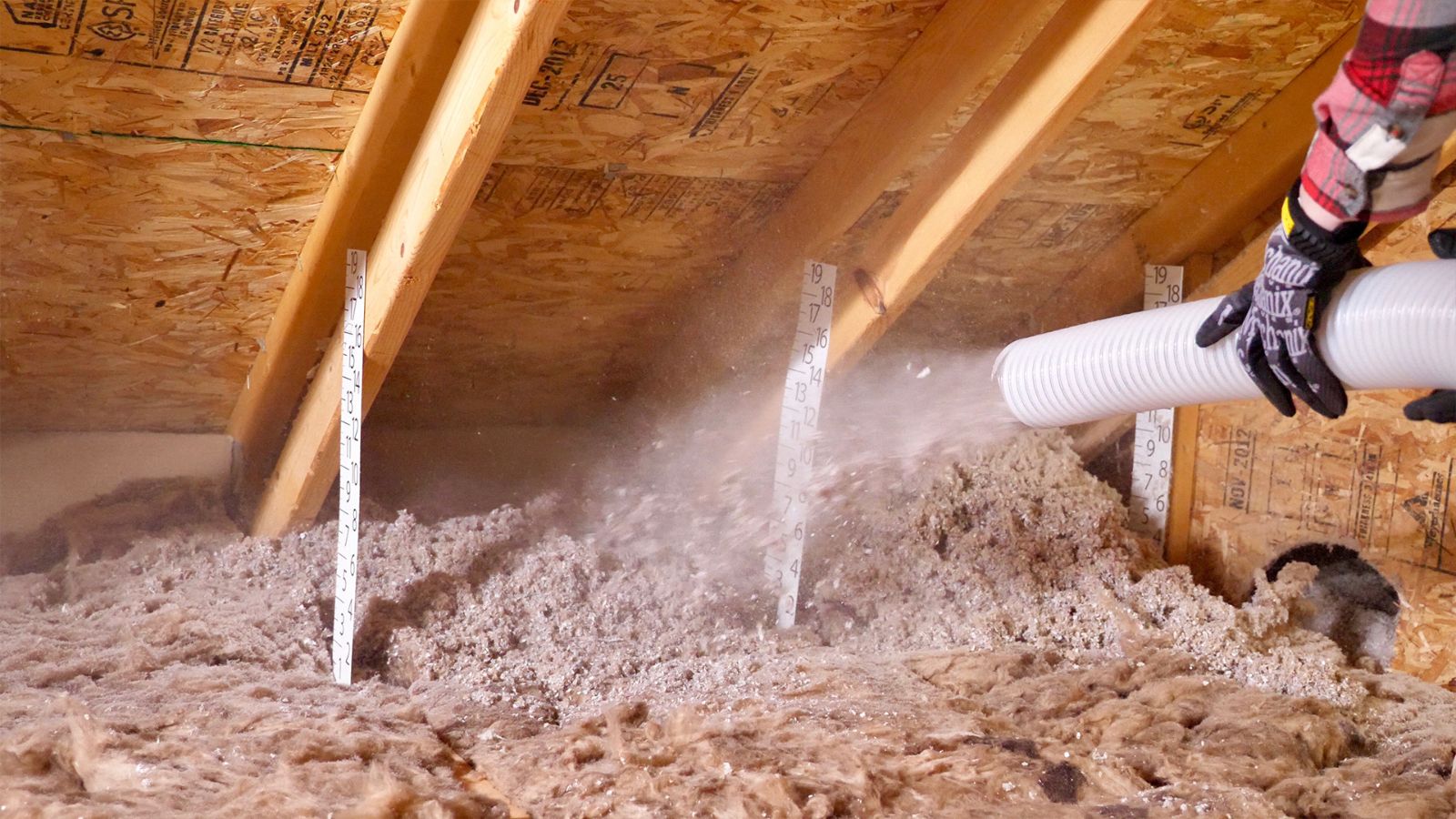
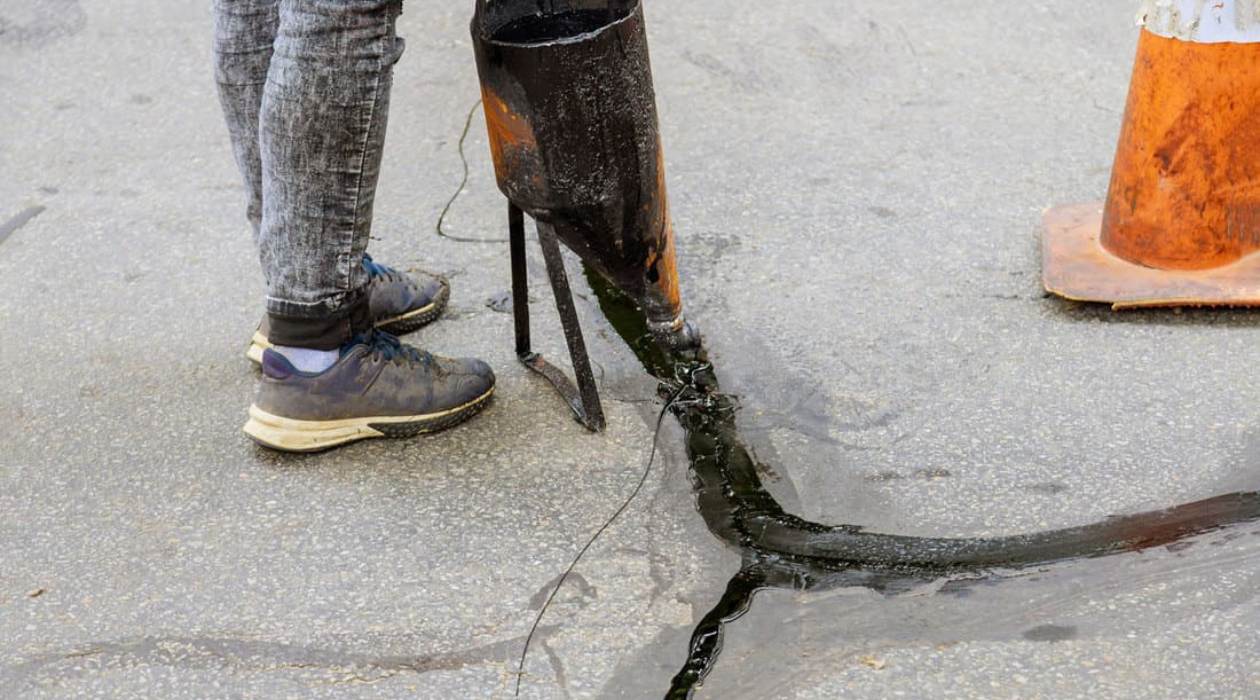

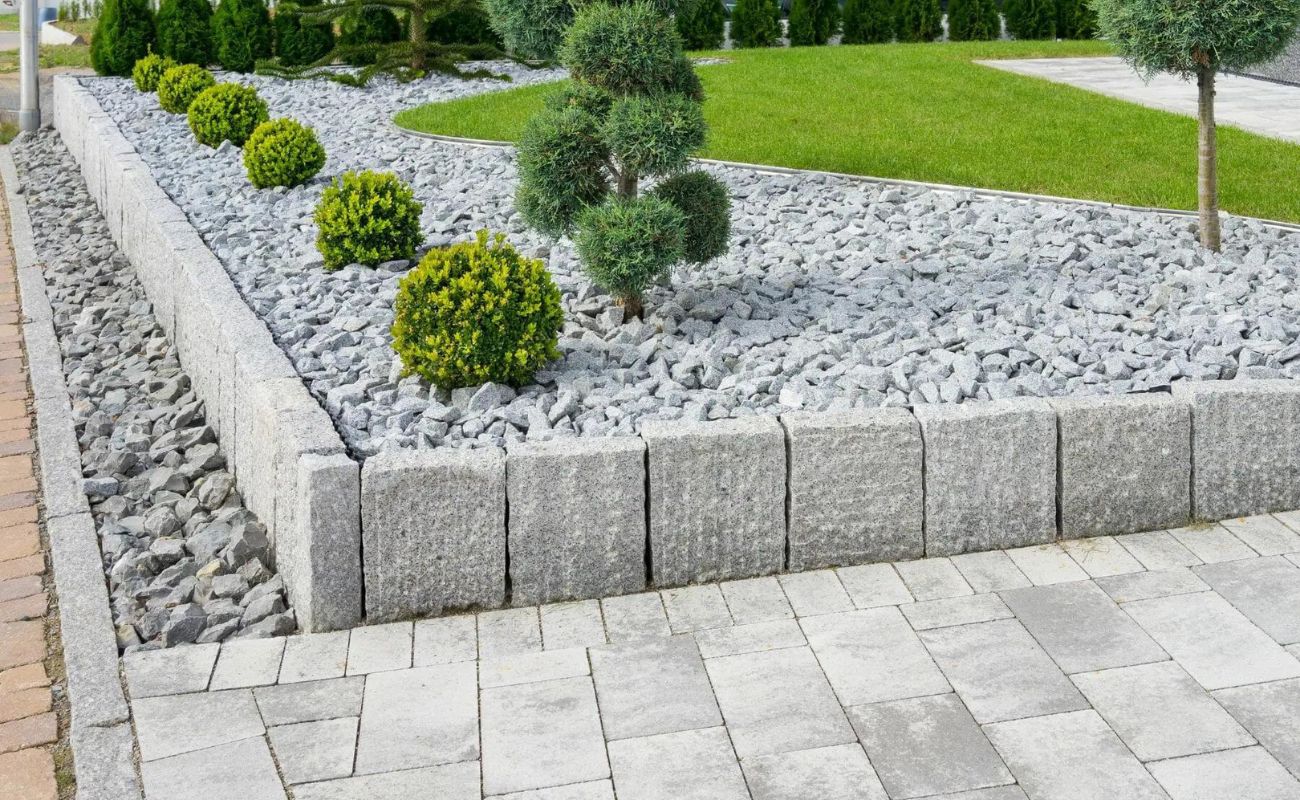

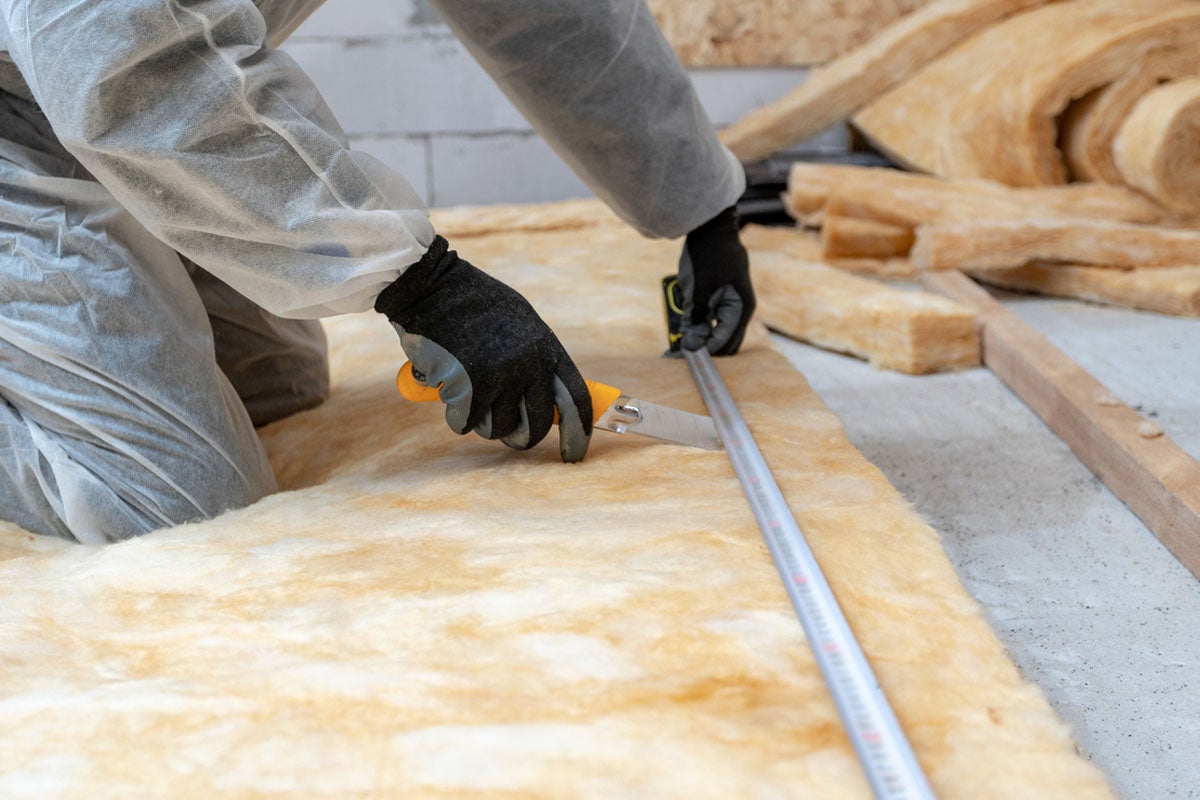

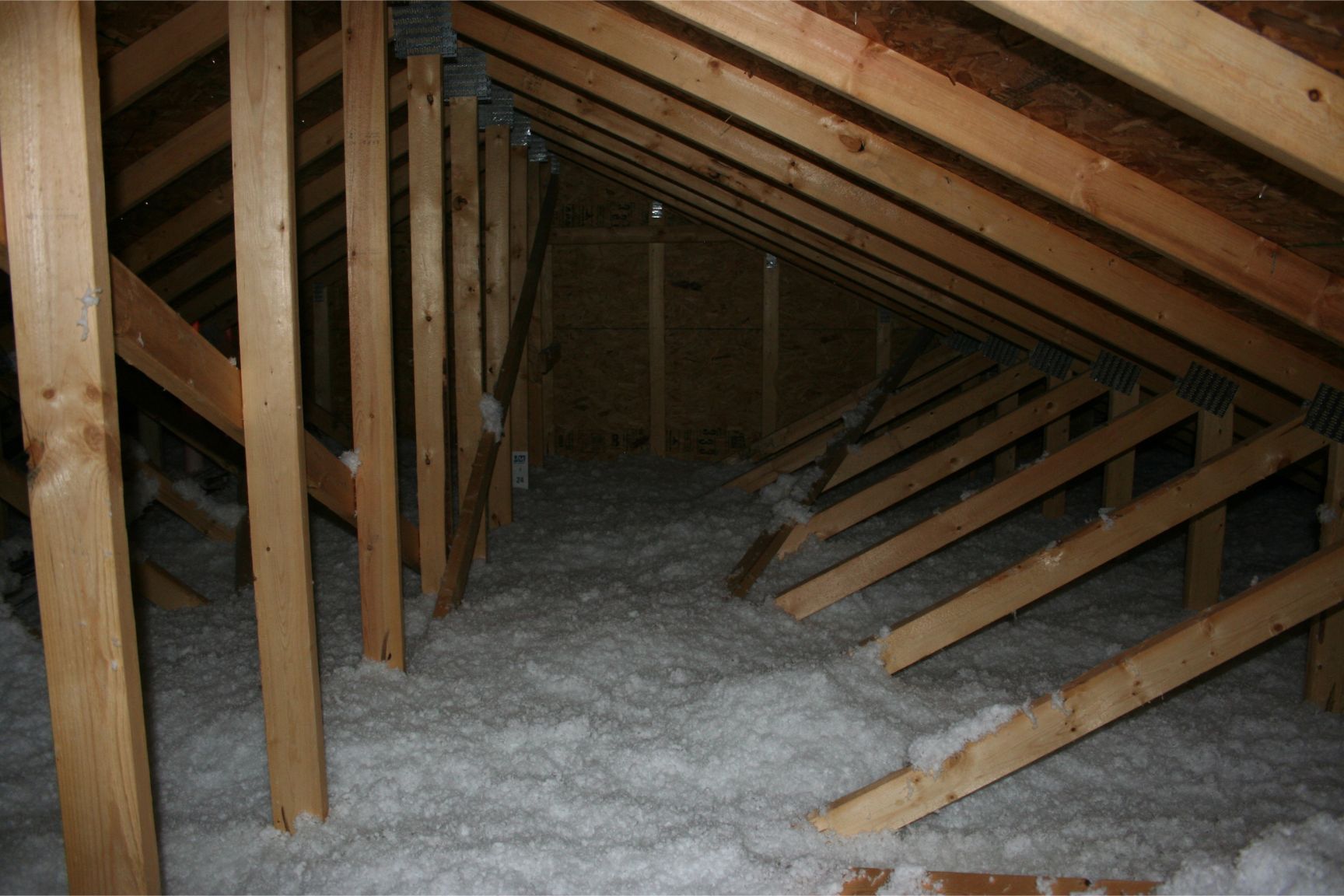
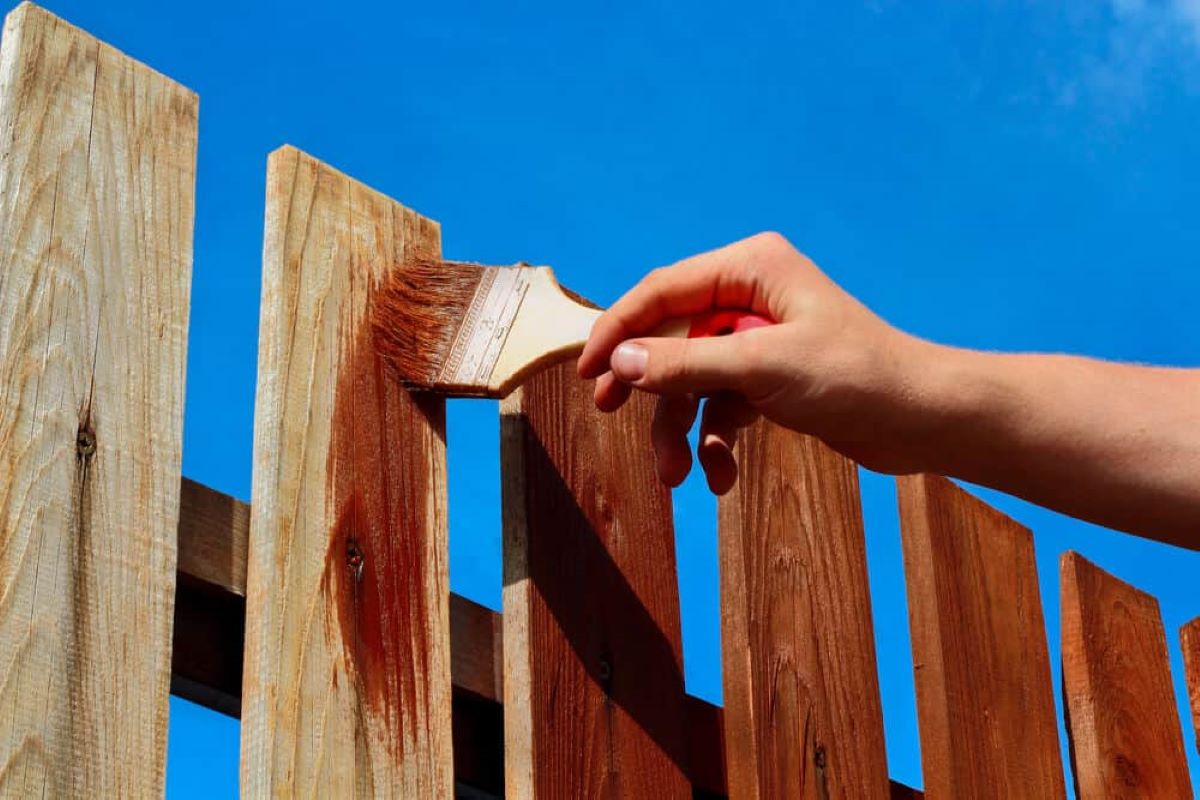

0 thoughts on “How Much Gravel Do I Need For A Patio?”